You will need to identify pictures marked with ***.
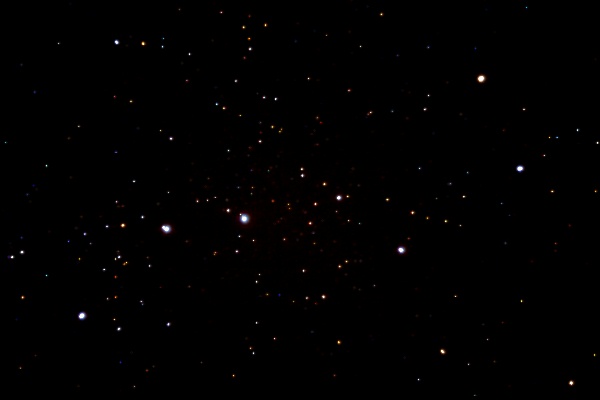
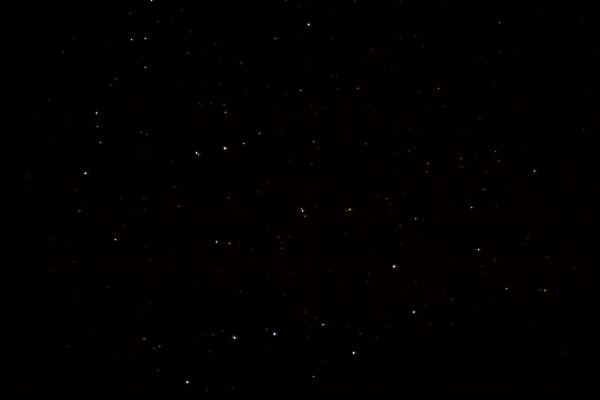
(Draco winds around the Little Dipper)
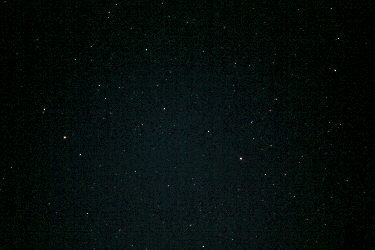
Polaris is below right from center; it is the end of the handle. In this picture the dipper is turned upside as if it is pouring out. The two brightest stars to the left are the end of the bowl.

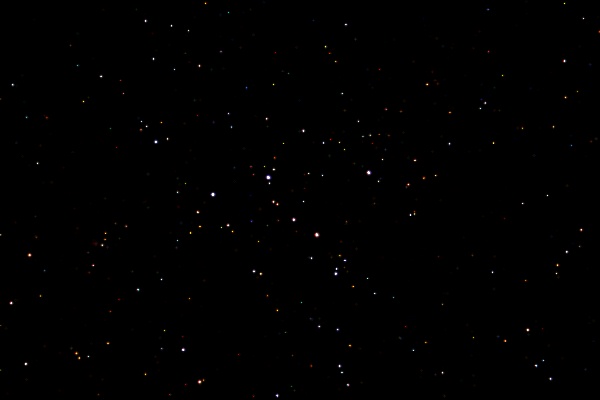

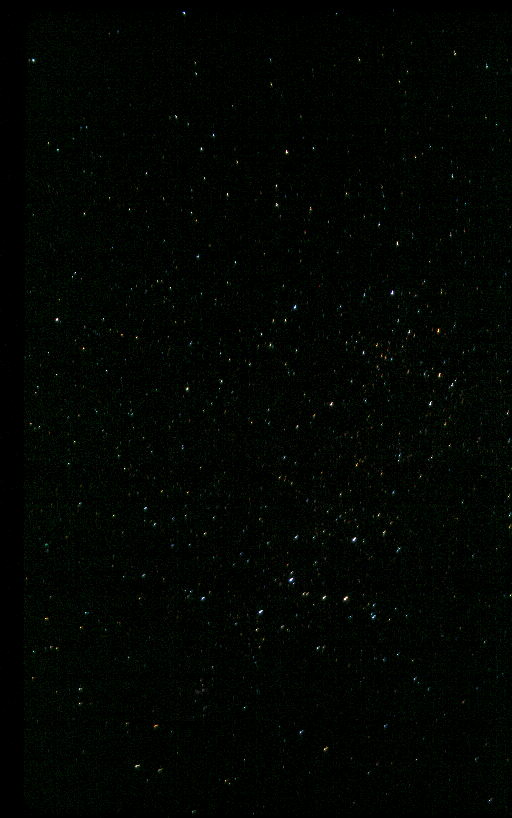

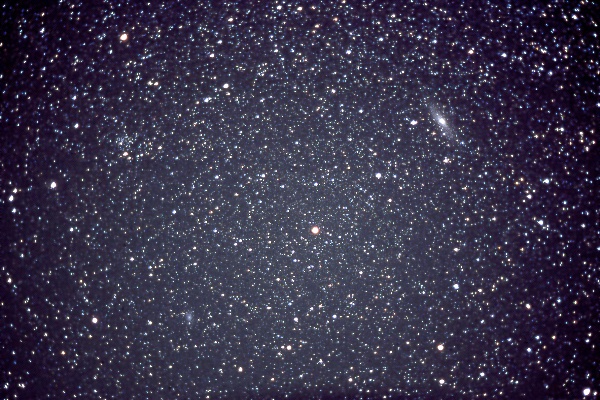
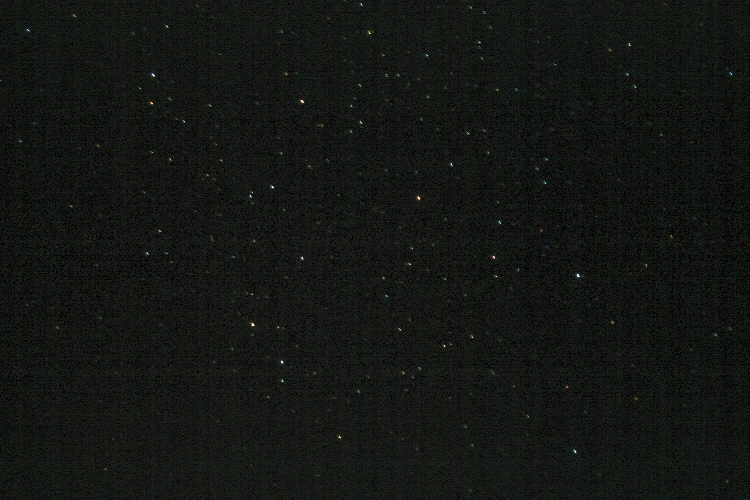
Triangulum is slightly left of center. The long, narrow triangle points down in this picture. Aries is directly below Triangulum. Andromeda fills the upper right part of the picture.
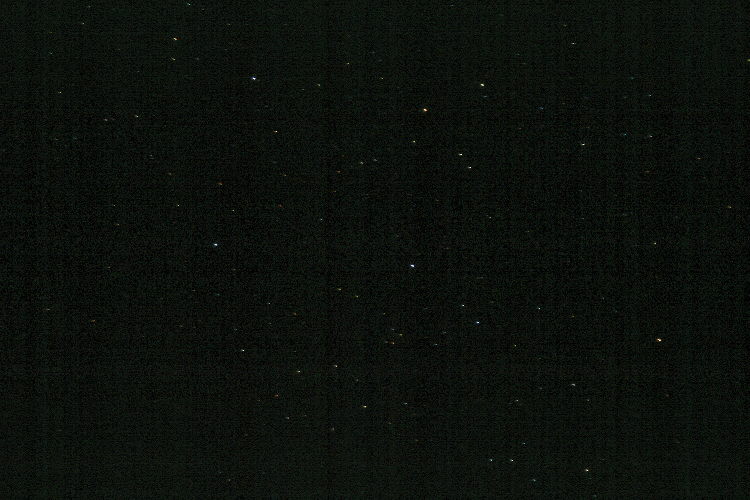
The great square of Pegasus is above center. The stars at lower right represent the head of the horse. (In the sky the horse is pictured as flying upside down.)
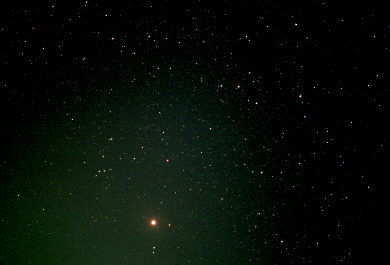
Mars is the bright object near the bottom of the picture (which was taken in summer 2003, near the time of Mars' closest approach to Earth in thousands of years).
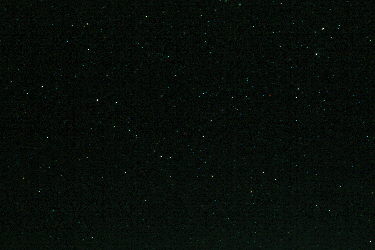
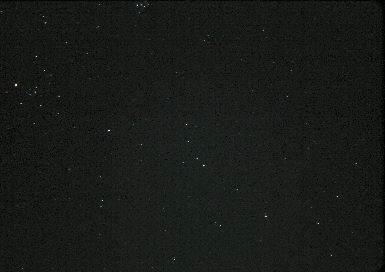
(the Hyades in Taurus is at the left of the picture; the Pleiades are barely visible at the top of the picture)
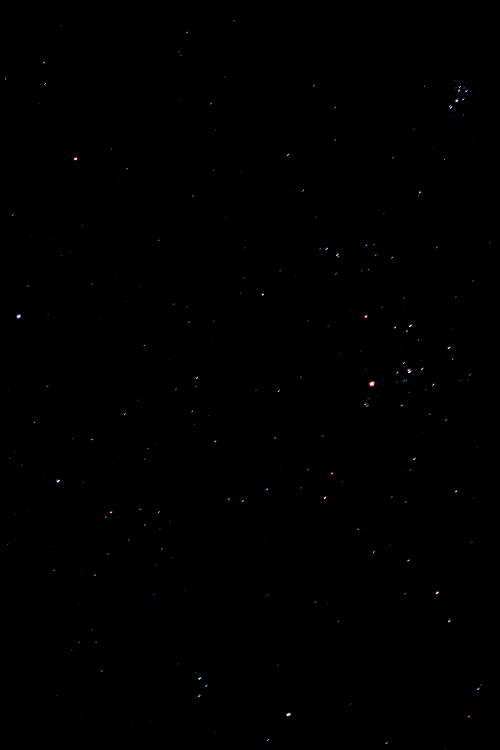
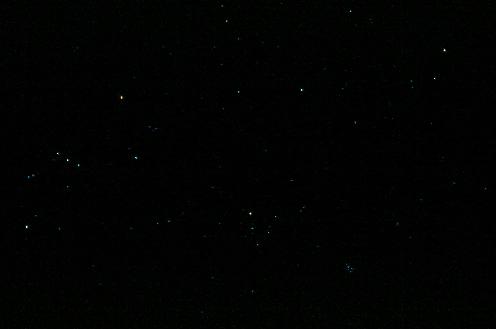
(V-shaped Hyades are below center; Pleiades at lower right; Orion is to the left; Capella is the bright star in the upper right corner)

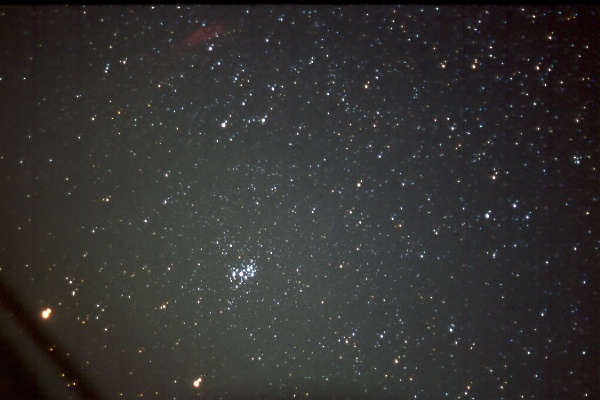
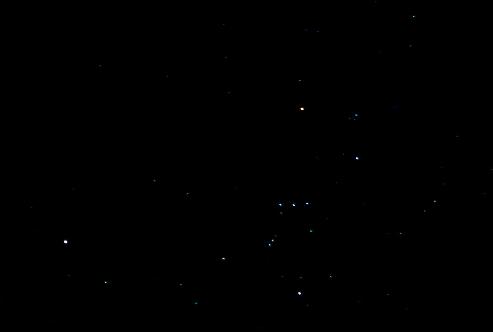
(Sirius, the brigthest star in the night sky, is to the left; the belt of Orion points to Sirius)
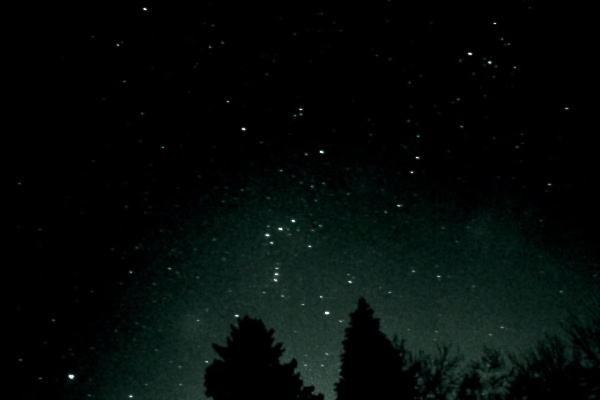
(the Hyades in Taurus are at upper right)
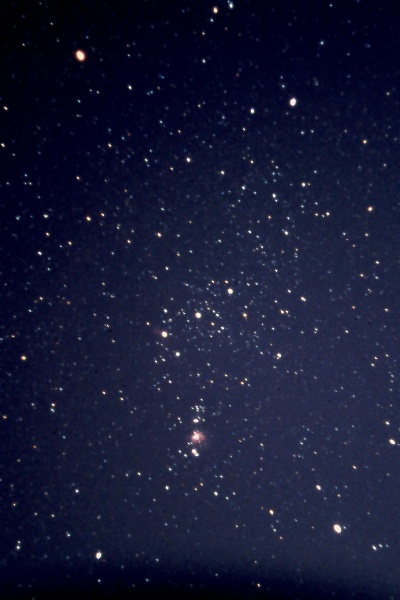
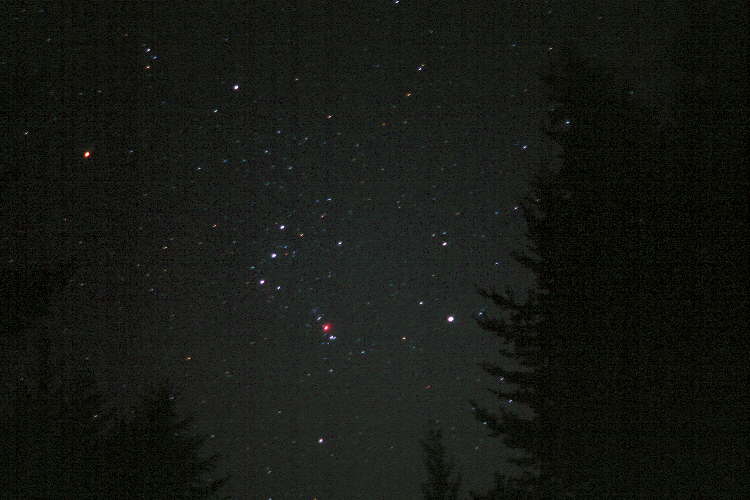
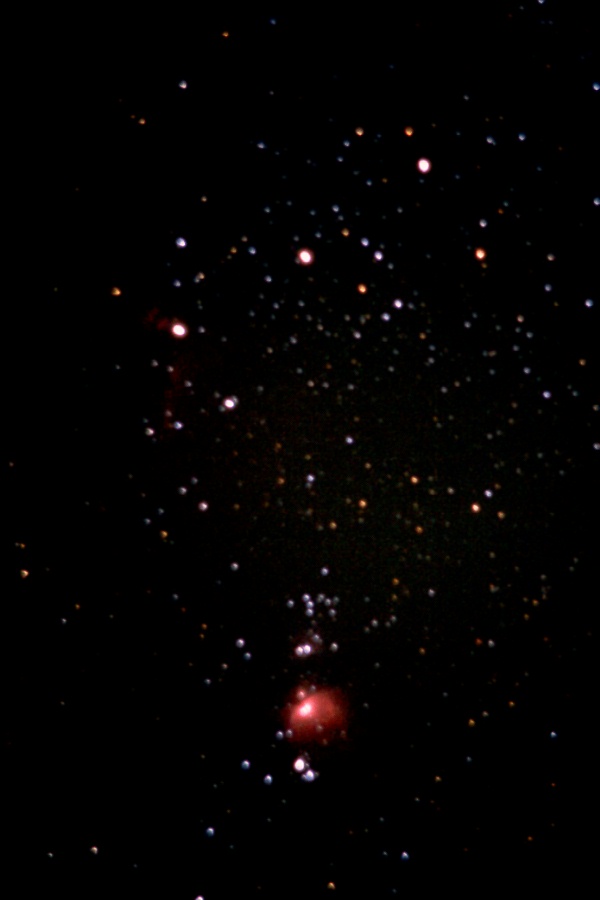

(bright star at top center is Capella)
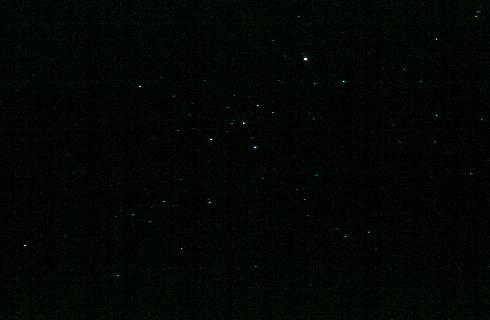
(bright star near top, right of center, is Sirius; lower part of the picture is the constellation Puppis)
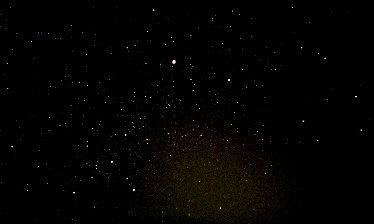
(Sirius is above the center of the picture)

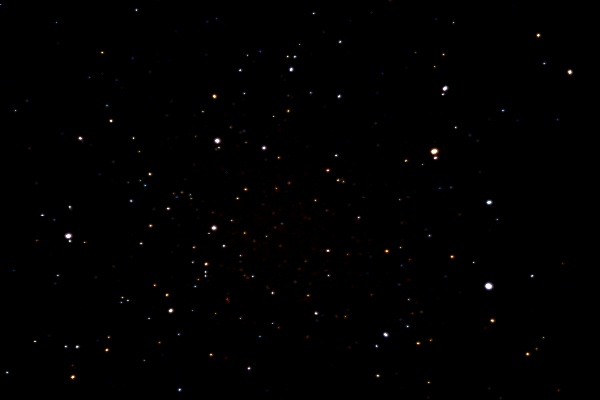


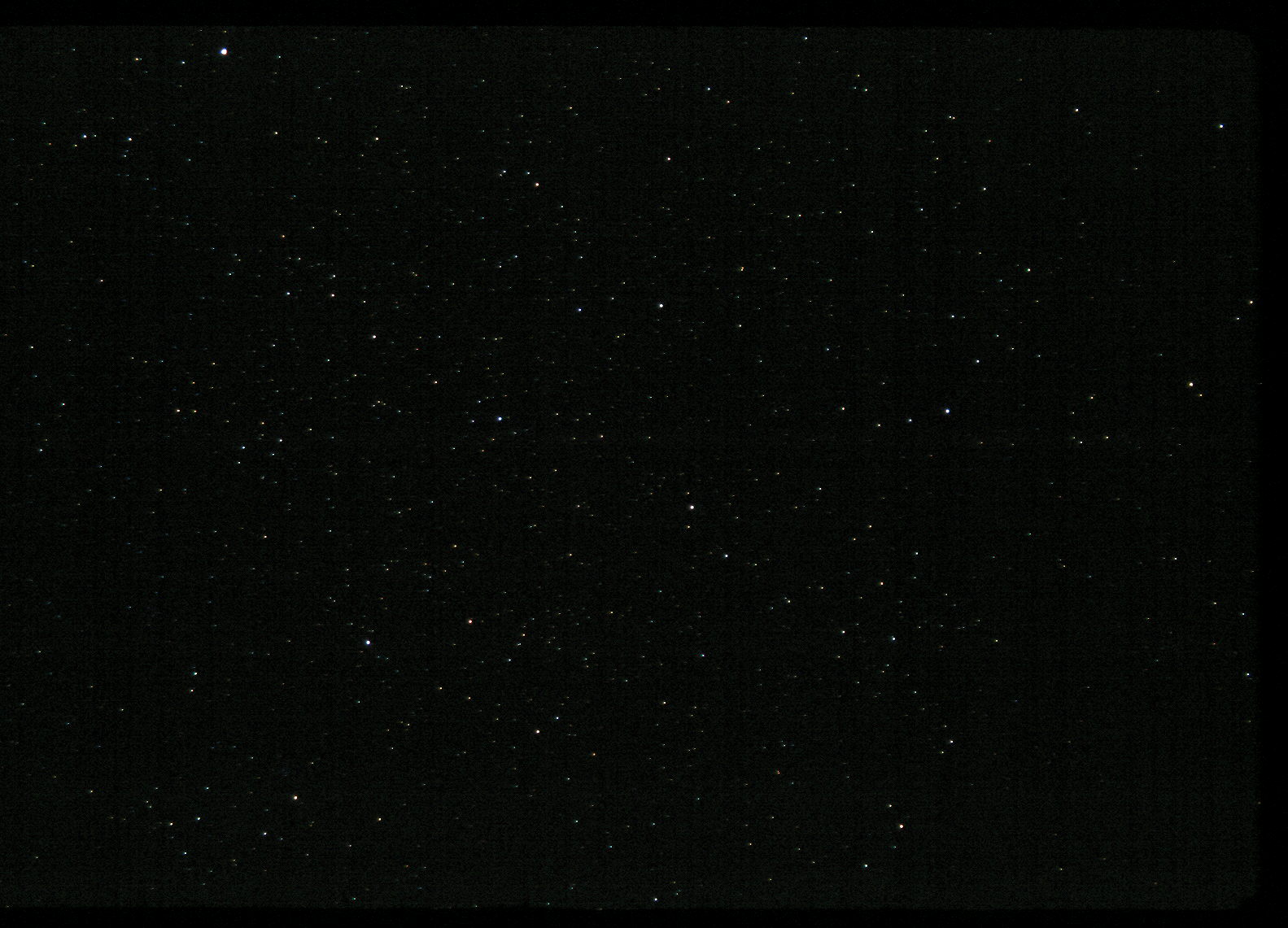
Lyra is at upper left; Hercules is above center; Corona Borealis is to the right. The lower left of the picture is Ophiuchus.
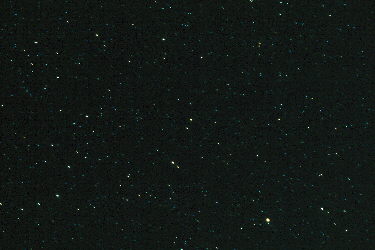
Arcturus is brighest star in the lower right; Corona Borealis is the semicircle of stars in the lower left
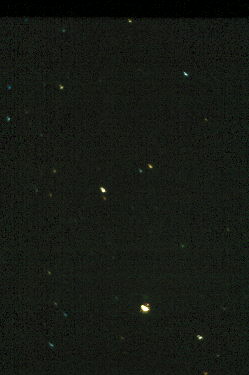
Arcturus is brighest star near the bottom
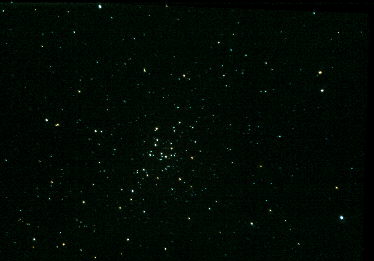
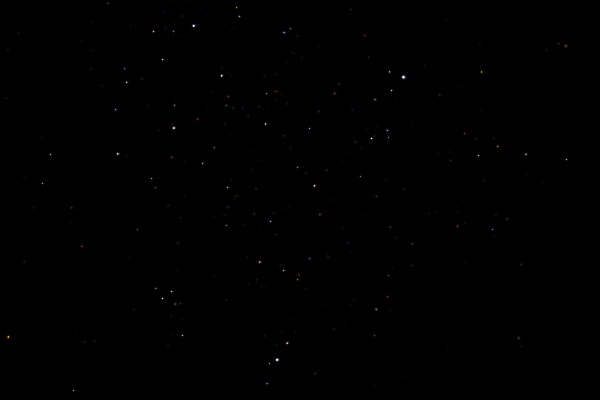

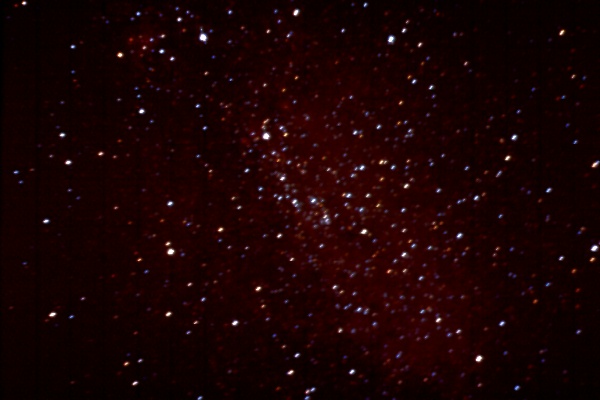
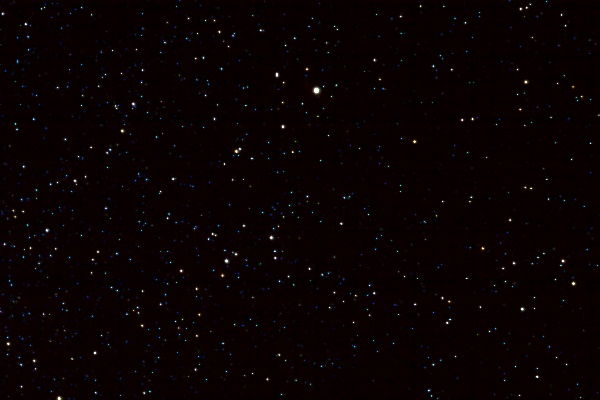


The bright star near the top is Antares. Note the hook-shaped tail, which is best seen from southerly latitudes. From Fiji.

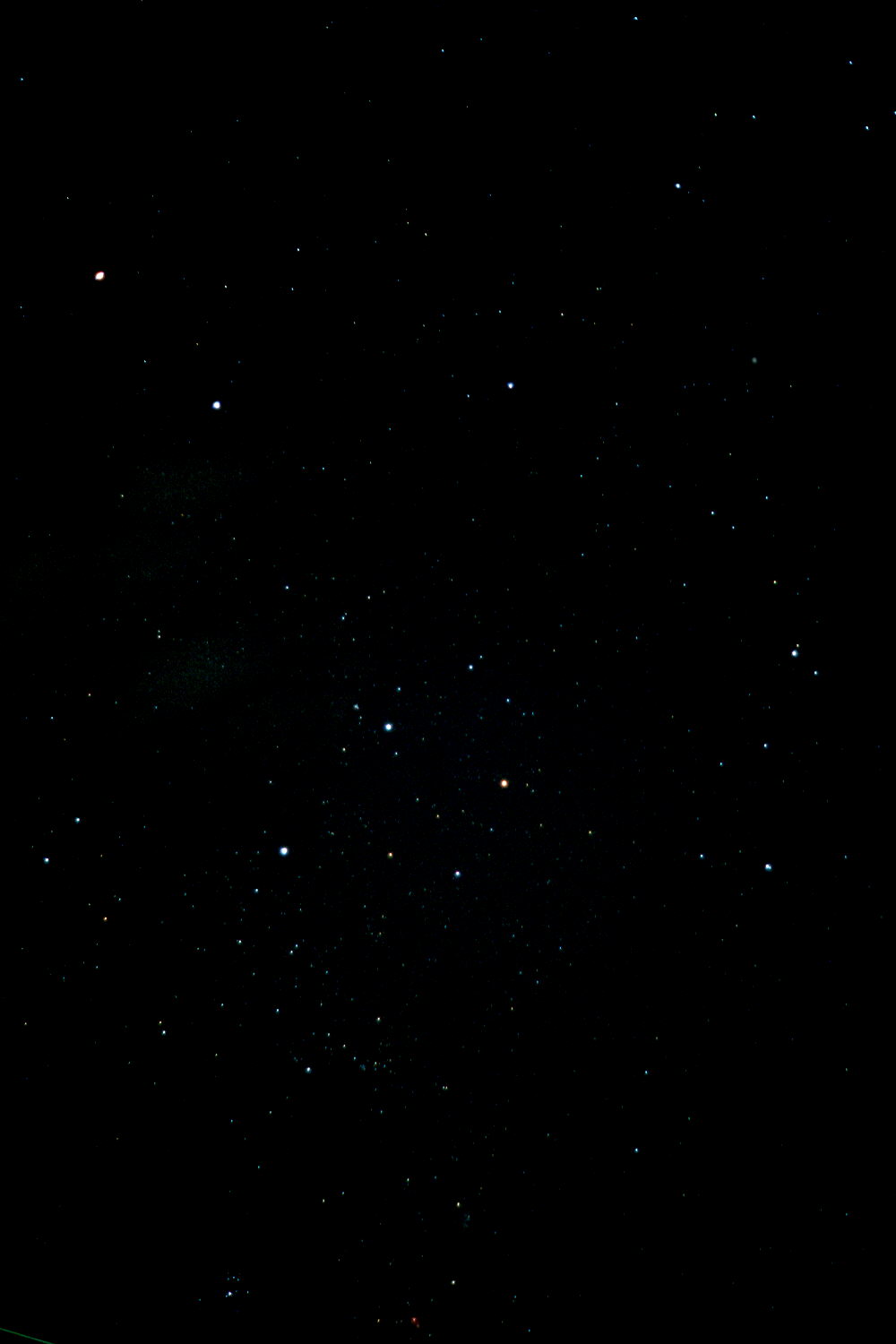
Alpha Centauri is the bright star to the upper left. (The Alpha Centauri system is the closest night sky star system to Earth.) The other bright star to the upper left is Beta Centauri. The Southern Cross is near the center of the picture; it is sideways because the picture was taken as it was approaching setting. From Fiji.
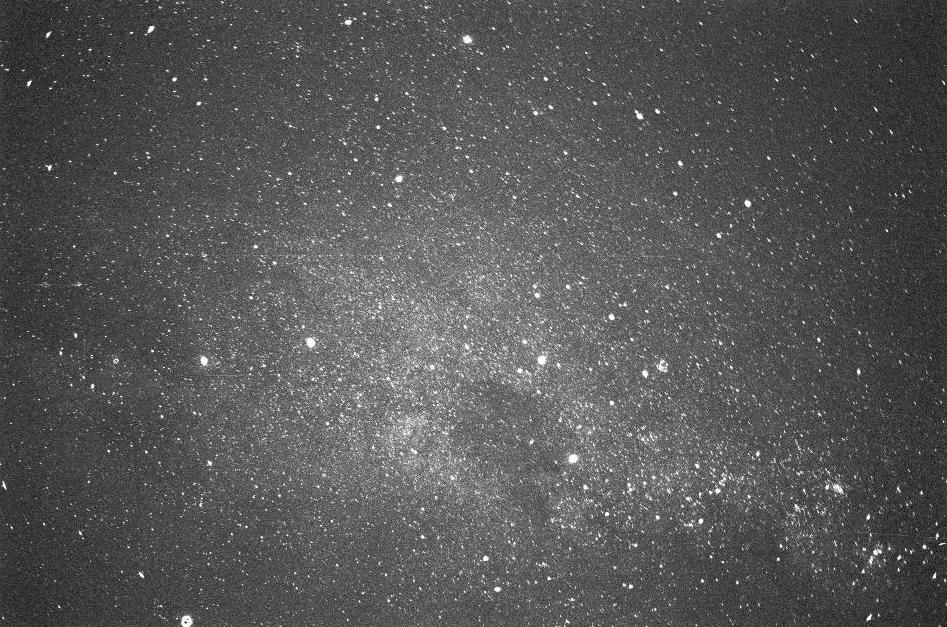
The Mily Way through Centaurus and the Southern Cross. Alpha and Beta Centauri are the bright stars to the left. The Southern Cross is to the right. Just below and left of the Southern Cross is the dark nebula known as the Coal Sack. From Moorea.
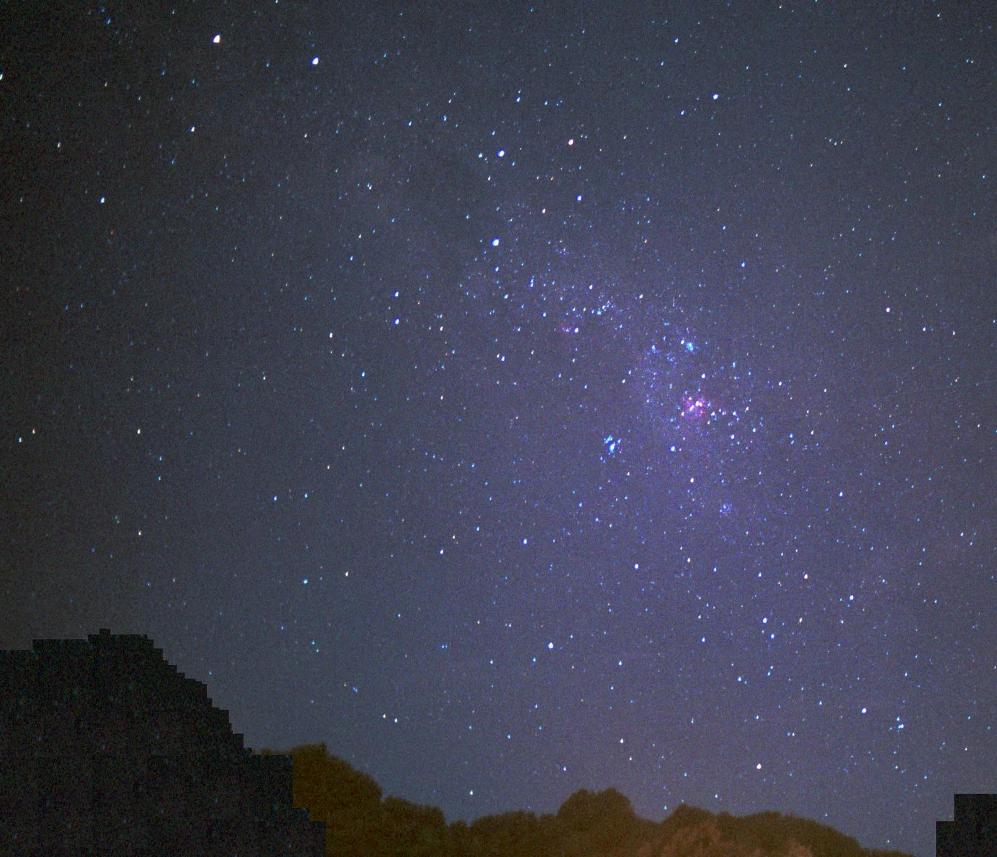
The Eta Carina nebula, a bright emission nebula, is the reddish glow right of the center. The two bright stars at upper left are Alpha and Beta Centauri. To their right is the Southern Cross. The Eta Carina nebula is below and to the right of the Southern Cross. To the left and below the Eta Carina nebula is the open cluster known as the Southern Pleiades. At the lower right corner of the picture are four stars in Carina and Vela known as the False Cross because they form a pattern with the same shape and orientation as the Southern Cross. Note the Milky Way running through the picture. From Moorea.
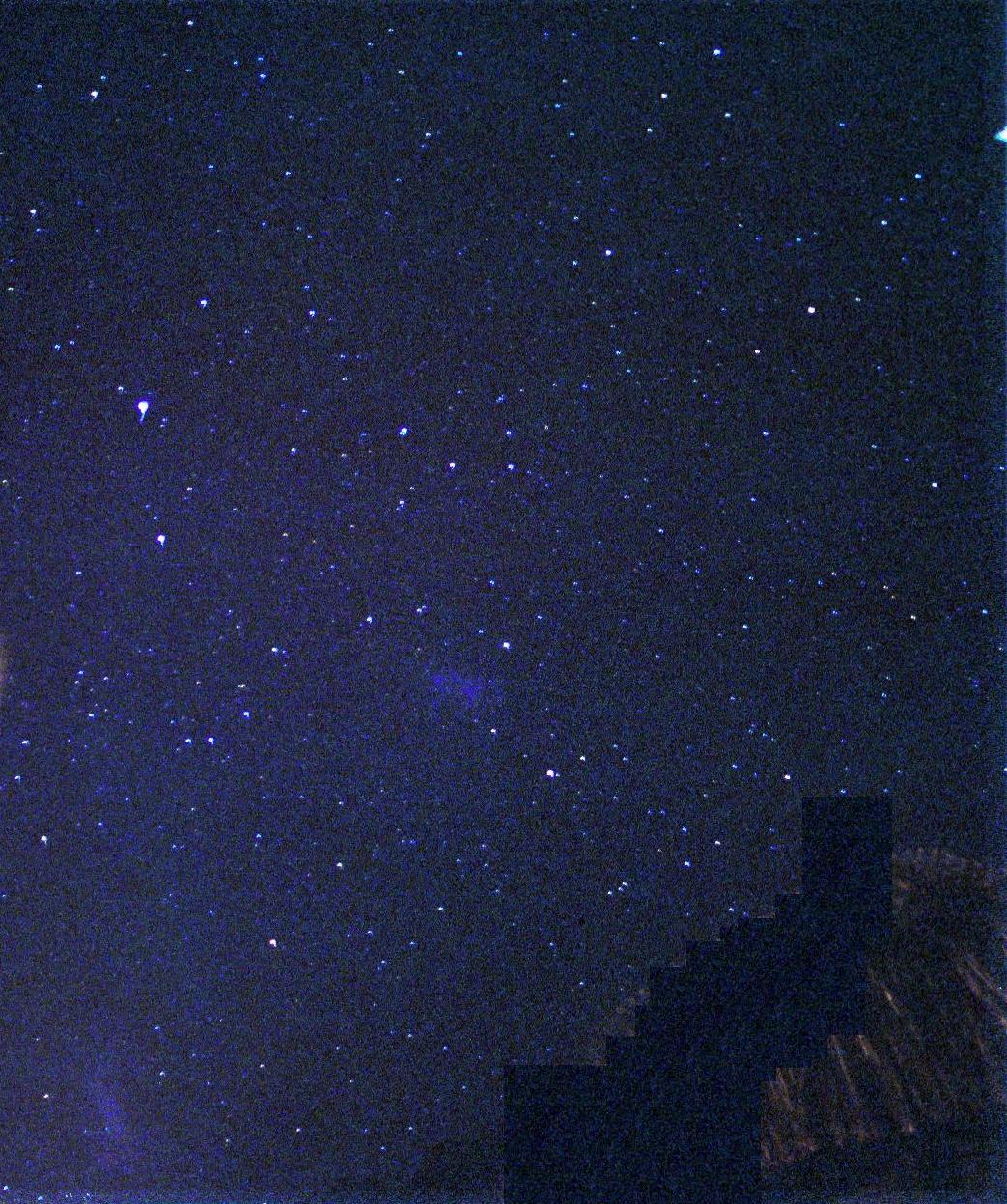
The Small Magellenic Cloud is at the center of the picture. The Large Magellenic Cloud is at the lower left. These two irregular galaxies are the galaxies that are closest to the Milky Way Galaxy. The bright star at upper left is Achernar. From Moorea.
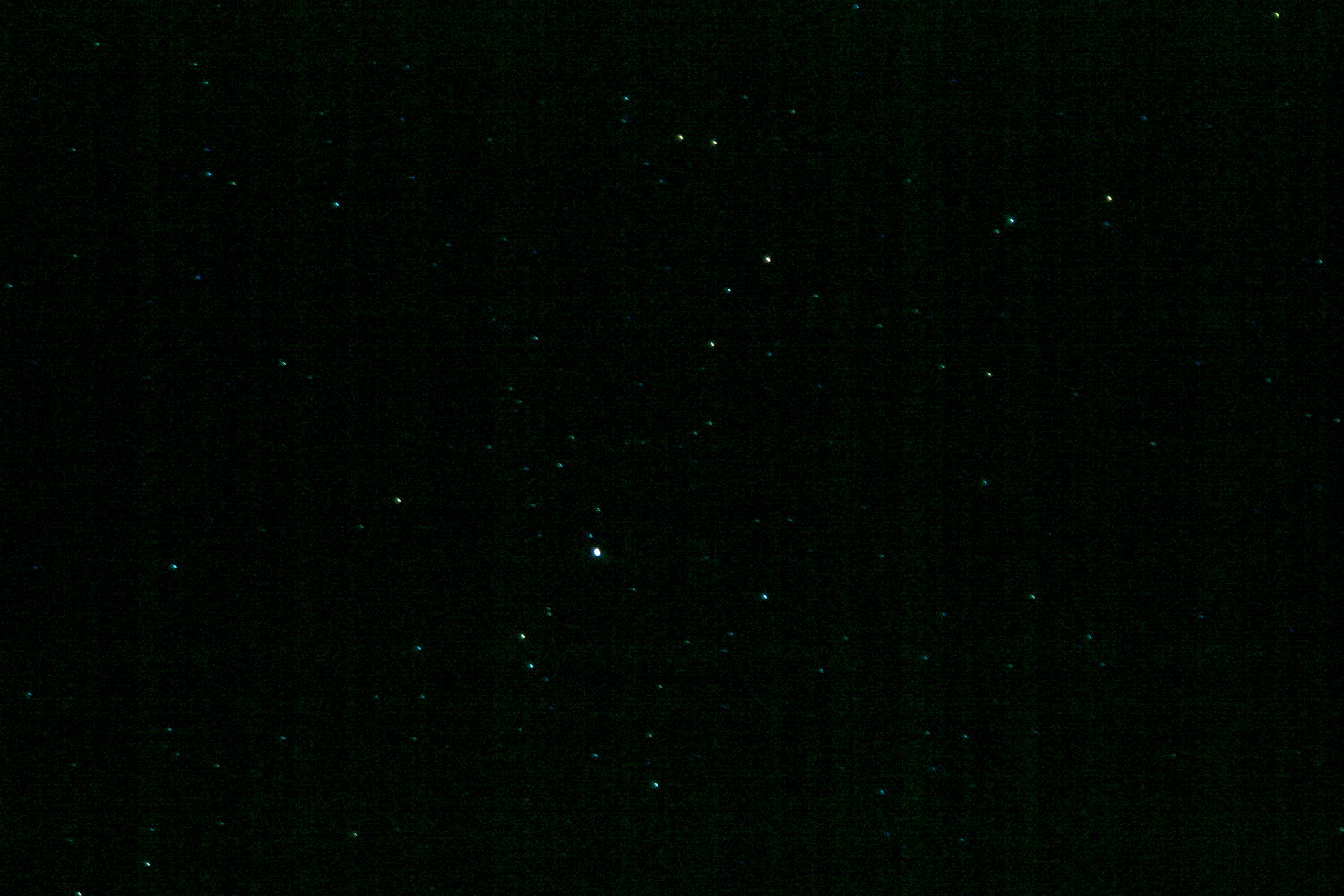
Fomalhaut is the bright star near the center of the picture. (At declination -30, it will be visible as far north as latitude 60 degrees north, but it is better seen from southerly latitudes.) The other stars of Piscis Austrinus, the Southern Fish, are below and to the right of Fomalhaut. The stars to the left are in the constellation Sculptor. The top right part of the picture contains stars in Aquarius. From Fiji.

(from Samoa)

The bright star at the bottom of the picture is Canopus, the second brightest star in the night sky. (The rest of Puppis is cut off.) The stars above Canopus are in Pictor. From Samoa.
all photographs by Douglas Downing, Seattle Pacific University